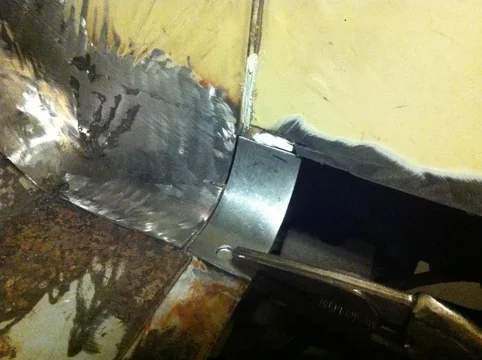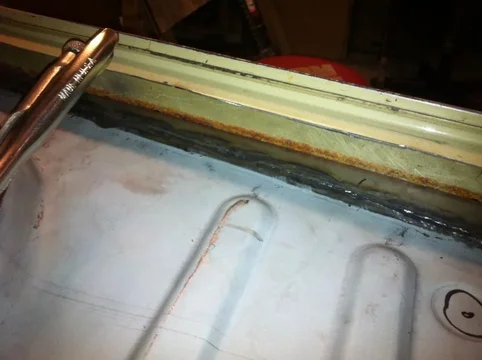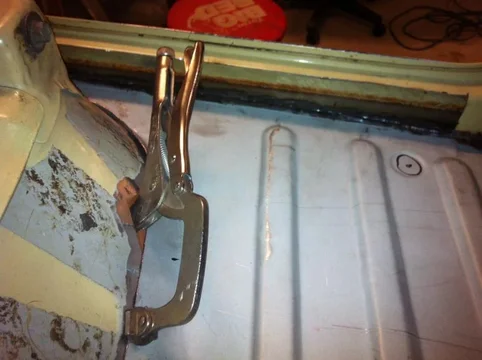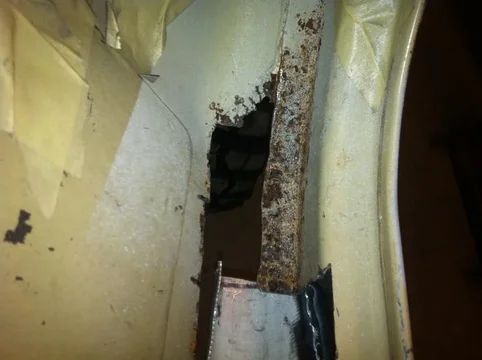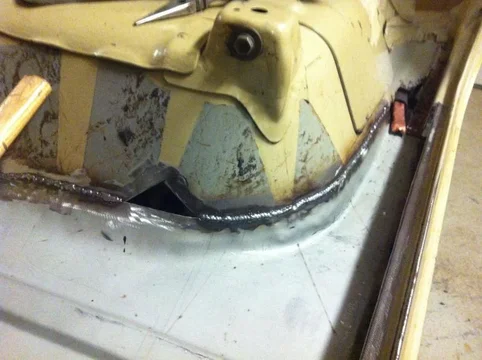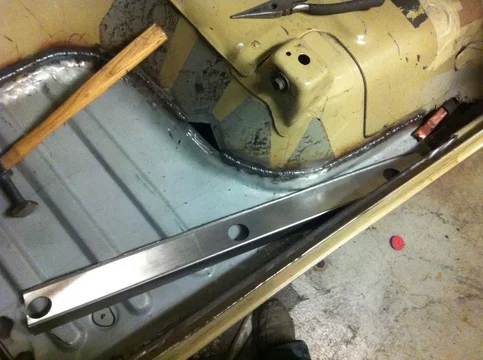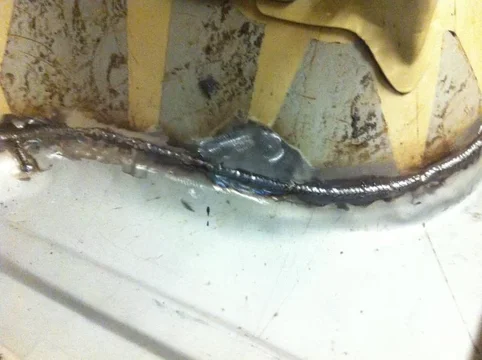Seems to me you guys are talking about 2 different things here. Trucks with the exhaust manifold on the same side as the steering box (like a LHD with F or H engine fitted, or a RHD with B engine fitted) will have a heat shield fitted to the box, right? Maybe only to the power steering box - not entirely sure.
And there is also a rubber shield fitted to some trucks on the inside of the fender to protect the side of the steering box from debris kicked up in the wheelwell. Only some markets seemed to get those covers and boots, both over the shock towers and over the steering box. Some markets got a rubber pad under between the apron and the fender top, and other markets got a rubber gasket between the lower portion of the fender where it bolts to the cowl.
Hi Chris.
My main computer needs repairs (and I'm too busy to work on it right now although I've finally got the parts I ordered for it) so I have no decent access to the Toyota epc and therefore can't explore this properly.
(I find my copy of the epc works well with WindowsXP but doesn't work properly with the Windows Vista I have on this machine.)
But I can say that I have never seen any evidence of my RHD BJ40 having had a heat shield to protect the steering box from the exhaust (and it really has no need for it because they're not in close enough proximity IMO).
(Note that it did have the usual manifold heat shield higher up that rotted off probably around 1985.)
It did however have a little rubber skirt thingy poked in the front RH-corner of the engine bay (forward of the shock tower and down close to the chassis rail) that I removed very early on in my ownership. As I recall, it was attached very unprofessionally with self-tappers into the RH inner fender so I always assumed it was a the work of the PO.


